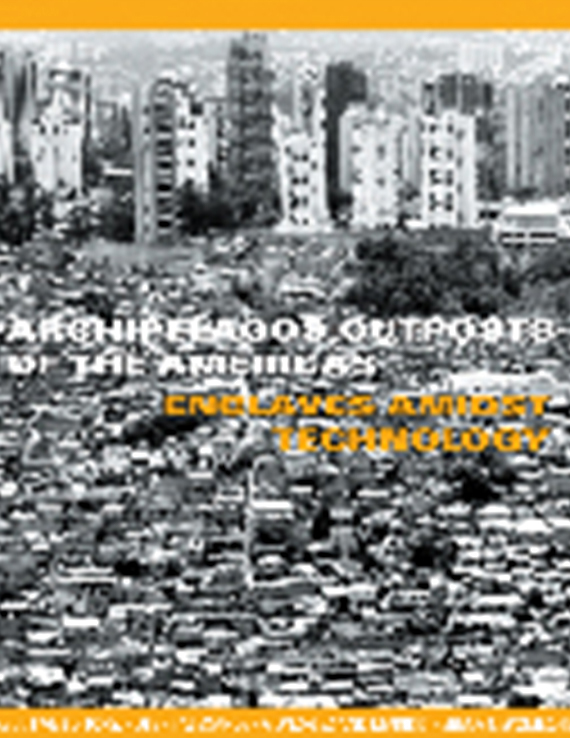Author(s): Brook Muller
Advocates of “green” architecture claim its enormous potential derives from an adherence to realities of ecology, that legitimacy follows upon sensitive recognition of the laws of nature. Yet to date its sources of meaning and methods of organization have not been grounded in a rigorous theoretical context, out of which a more profound and compelling position might emerge. Perhaps ecologically sensitive building can offer more than enhanced energy performance and the utilization of environmentally friendly materials, as important as these developments are. Perhaps strategies for formulating, ordering and representing architecture can germinate from contemporary understandings of ecology, of the interaction between organisms and the environment including human/nature relationships. Through this process we might even rethink the problem of building itself, of the terms and metaphors we use to describe architecture, of what buildings become and how they interface with the landscape. In this essay I wish to focus on one recent and compelling building example, Behnisch & Partner’s IBN Institute for Forestry and Nature (1993-97) in Wageningen, The Netherlands. The IBN, a European Union Pilot Project for environmentally friendly building and fittingly a center for ecological research, is organized around a set of ideas that have led simultaneously to innovations in energy conservation, thermal and spatial richness, and the experience of the building itself as a landscape.
Volume Editors
Marilys R. Nepomechie & Robert Gonzalez
ISBN
0-935502-54-8

 Study Architecture
Study Architecture  ProPEL
ProPEL 
